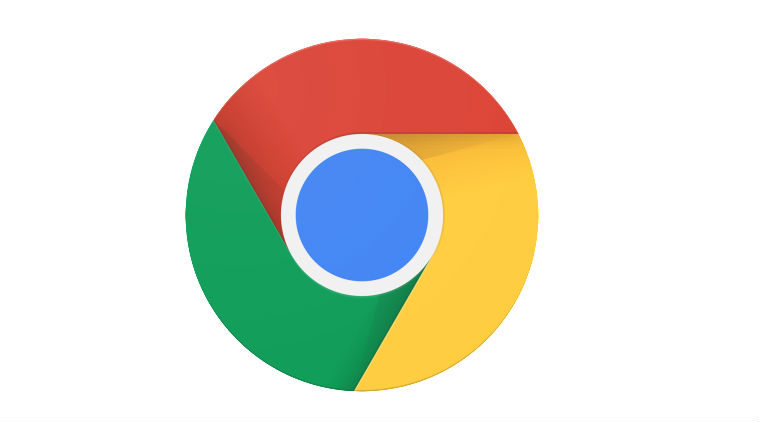

In fact, one of the most irritating things about Flash is that it wasn’t compatible with iOS devices, including iPhones and iPads.
Adobe html5 player update#
And you had to update Flash again and again with some browsers.įlash failed in doing its job because it made life more difficult – instead of easier, which should be the intention of any software product.īecause everything is mobile now, Flash also struggled. We don’t want to have to configure things again and again. In this day and age, we expect things to just work – like automatic background updates and plug and play peripherals. So, while Flash worked well for web developers, it didn’t work well for the internet audience in general.
Adobe html5 player download#
When you need to download or update a plugin simply to view content on the web, then who can be bothered? We are used to browsing the internet quickly, and we expect content to just show – we don’t want to have to go through some convoluted process just to view something.īecause Flash is a target for hackers looking to exploit vulnerabilities in the code, and thus gain access to a computer user’s system, this means that it constantly needs updating with security patches, with weekly and even sometimes daily updates necessary, which is extremely frustrating for users. Adobe and those updates…Īdobe Flash was never going to cut it as a reigning web champion. This worked well for people who wanted to do animations on the web, because Flash is well supported and the feature set grew and grew. Because Flash is a proprietary product, with other software by the company required to create web content with Flash, development on Flash was constant. And what about Flash?Īdobe Flash, previously known as Shockwave Flash, was first released in 1996 as a Macromedia product that could be used to play non-static and interactive web content, before being relabelled Adobe Flash after the acquisition of Macromedia. HTML is an open standard, developed in consultation with a large number of stakeholders including browser developers. This means that it wasn’t functional enough to be a contender to Adobe Flash simply because it didn’t have the feature set required by modern websites. The previous HTML standard (HTML4) was released all the way back in 1997, and the internet landscape has changed significantly in 20 years. HTML5 was released a few short years ago, as a working draft back in 2014, and quickly gained traction as the go-to alternative for serving up content online. While Flash seemed like it was going to stick around forever in the early 00s, it no longer is the most popular choice among developers building sites and apps.īoth technologies have been used extensively throughout the web, popular with things such as video sharing platforms, and casino game companies big and small who all use HTML5 for their development. "Adobe will block Flash content from running in Flash Player beginning Januand the major browser vendors will continue to disable Flash Player from running after the EOL Date," it added.When it comes to interactive multimedia on websites, such as audio or video clips, animations, or even in browser-games, you have a couple of different options to build it in – the most common of which you’ll find across the web being (more recently) HTML5 and (now looking clunky and long in the tooth) Adobe Flash.

The company also warned users to uninstall Flash Player to help secure their system since Adobe does not intend to issue Flash Player updates or security patches after the end of life (EOL) Date. "Also, major browser vendors are integrating these open standards into their browsers and deprecating most other plug-ins (like Flash Player)."

Pointing out the reasons behind the decision, the company said: "Open standards such as HTML5, WebGL, and WebAssembly have continually matured over the years and serve as viable alternatives for Flash content. "Since Adobe will no longer be supporting Flash Player after December 31, 2020, and Adobe will block Flash content from running in Flash Player beginning January 12, 2021, Adobe strongly recommends all users immediately uninstall Flash Player to help protect their systems," the company announced in a statement. Adobe Flash Player, popular computer software that enabled users to stream videos and play online games, is officially dead as of Friday – the first day of 2021.


 0 kommentar(er)
0 kommentar(er)
